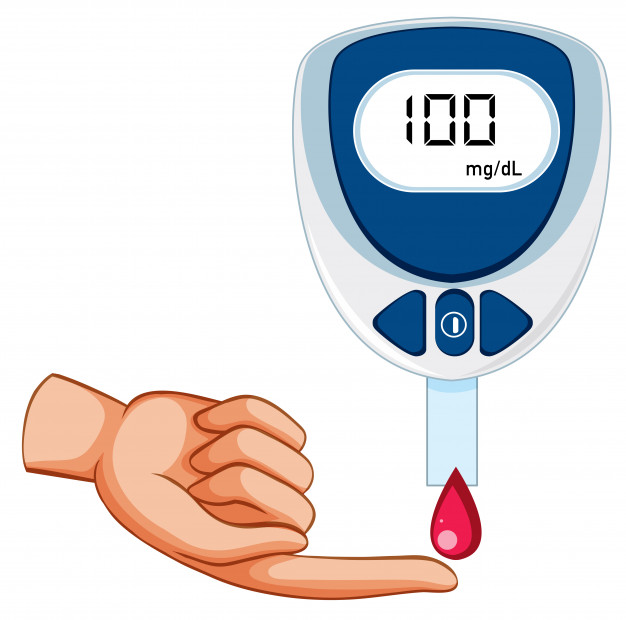~ by Carol Vartuli
November is not just Thanksgiving time; it also marks National Diabetes month. As we age, the prevalence and risk factors of the disease rises.
Let’s see how much you know about diabetes:
Are these statements True or False?
- If you have diabetes, you cannot eat sugar.
- Type 2 diabetes is mild.
- Type 2 diabetes only affects fat people.
Those are a few of the myths about diabetes. If you answered False to all of the above, you’re correct. But there may still be things you should learn, because more than seven million people in the United States have undiagnosed diabetes.
What is Diabetes?
Type 1 diabetes is often referred to as a childhood disease, but it can develop in individuals over the age of 20. In this form of diabetes, the body does not produce insulin. Insulin, a hormone produced in the pancreas, transfers glucose from the bloodstream into the cells of the body. People with Type 1 diabetes require lifelong insulin treatment and strict attention to their diets.
Type 2 diabetes is far more common, and one of every three Americans at risk of developing it. In this form of diabetes, the body does not use insulin properly. It most often develops in middle age or older.
While Type 2 diabetes can sometimes be managed with healthy diet and exercise, it is a progressive disease aggravated by obesity, inactivity, high blood pressure, family history and ethnicity. Over time, the pancreas may not make enough insulin to keep your blood sugar at normal levels. You may then need medication or insulin.
Why are Normal Blood Sugar Levels Important?
Keeping blood sugar at normal levels is important, because the high blood glucose that occurs in diabetes can damage blood vessels and nerves that control your heart. According to the National Institutes of Health, adults with diabetes are nearly twice as likely to die from heart disease, or stroke, as people without diabetes.
The good news is that managing your diabetes can also help lower your chances of having heart disease or a stroke.
Are There Warning Signs of Diabetes?
YES! Most people who develop diabetes start with pre-diabetes, in which blood sugar levels are higher than normal, but not yet high enough to be diagnosed as diabetes. Eighty-four million American adults have pre-diabetes—and don’t know it.
Having pre-diabetes doesn’t mean you will become diabetic. It’s a warning sign that gives you some control by changing your lifestyle. There are no clear symptoms, so it’s a good idea to be proactive.
For example, you can take a 60-second risk assessment test from the National Diabetes Association. If you are in a moderate to high-risk category, discuss it with your physician, who can monitor your blood glucose levels.
If you do have pre-diabetes, the Centers for Disease Control (CDC) has Lifestyle Change programs to help you prevent Type 2 diabetes. In the words of one 53-year-old participant,
“After the death of my mother and a diagnosis of pre-diabetes, I was motivated to make healthy changes in my life to prevent Type 2 diabetes. I was overweight and had high cholesterol, high glucose levels, and poor eating habits. I joined a CDC-recognized lifestyle change program to take control of my life … I am now exercising regularly and learning strategies to cope with my emotional eating habits.”
Clearly, preventing or coping with diabetes depends on knowledge. November, and the Thanksgiving season, is a perfect month to quiz yourself about your health.
Link for Nat’l Diabetes Association risk test: https://www.diabetes.org/risk-test
Link for Lifestyle Change programs: https://www.cdc.gov/diabetes/prevention/lcp-details.html
The infromation in the above article is not intended nor implied to be a substitute for professional medical advice, diagnosis, or treatment. Always seek the advice of your physician or other qualified health provider with any questions you may have regarding a medical condition.
